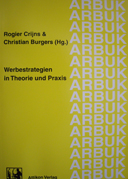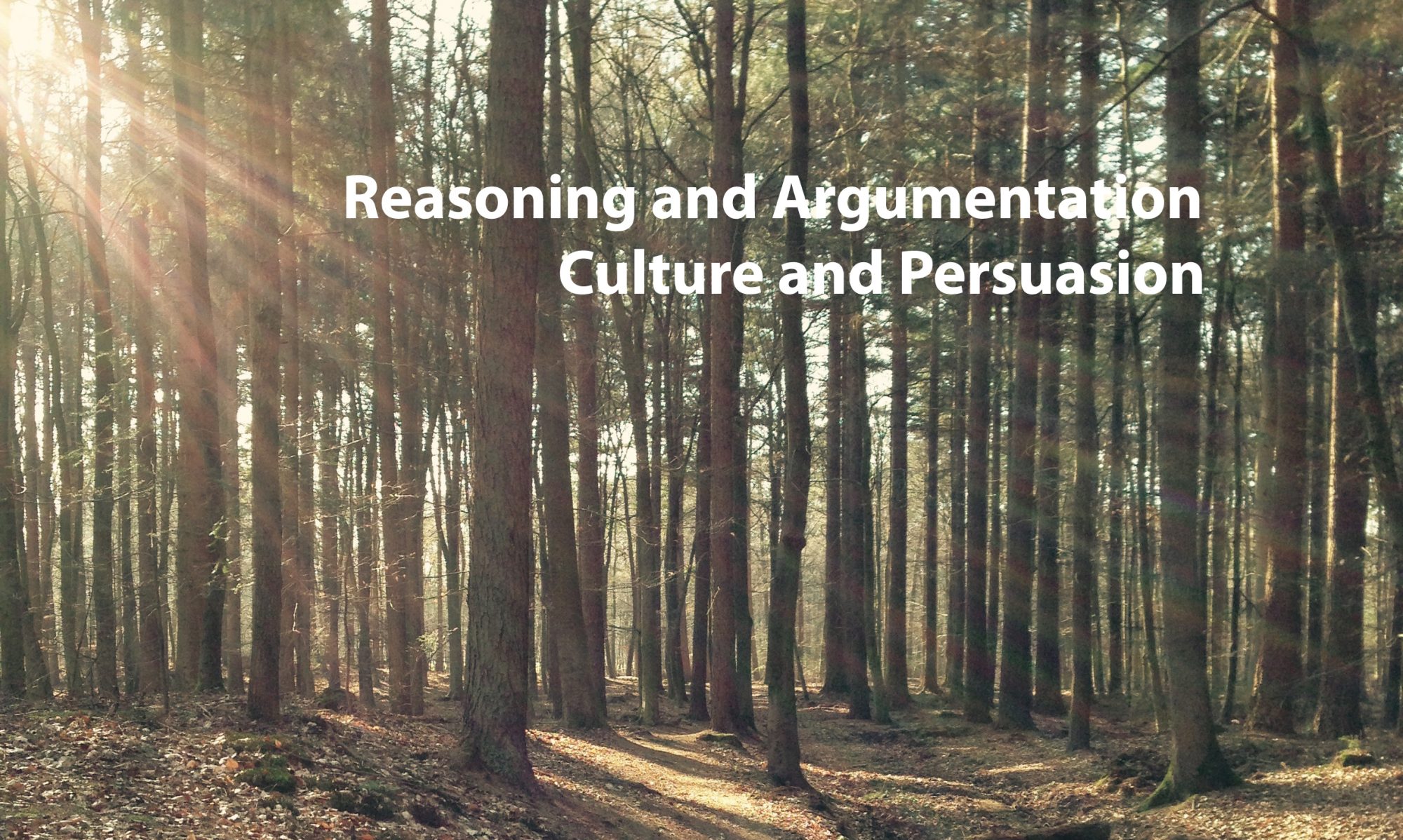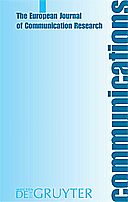 The frequent use of the English language in advertisements all over the world has been explained in a number of ways. These reasons are discussed in Section 1.1. Subsequently, we discuss the reasons for using foreign languages other than English (1.2). As we will see, one of the reasons is the symbolic meaning of foreign languages. In Section 1.3, we propose a model of how the process of symbolic meaning association could work. The first part of this paper will end with a discussion about this symbolic meaning (1.4). In fact, some researchers have claimed that the literal meaning of words or sentences in a foreign language is not important (e.g., Kelly-Holmes 2000), whereas others have shown that this literal meaning seems to matter (e.g., Cheshire/Moser 1994). In the second part of the article, we present an empirical study that was set up to examine whether the appreciation of the use of a foreign language is affected by its comprehension.
The frequent use of the English language in advertisements all over the world has been explained in a number of ways. These reasons are discussed in Section 1.1. Subsequently, we discuss the reasons for using foreign languages other than English (1.2). As we will see, one of the reasons is the symbolic meaning of foreign languages. In Section 1.3, we propose a model of how the process of symbolic meaning association could work. The first part of this paper will end with a discussion about this symbolic meaning (1.4). In fact, some researchers have claimed that the literal meaning of words or sentences in a foreign language is not important (e.g., Kelly-Holmes 2000), whereas others have shown that this literal meaning seems to matter (e.g., Cheshire/Moser 1994). In the second part of the article, we present an empirical study that was set up to examine whether the appreciation of the use of a foreign language is affected by its comprehension.
- Hornikx, J., & Starren, M. (2006). The relationship between the appreciation and the comprehension of French in Dutch advertisements. In R. Crijns, & C. Burgers (Eds.),Werbestrategien in Theorie und Praxis: Sprachliche Aspekte von deutschen und niederländischen Unternehmensdarstellungen und Werbekampagnen (pp. 129-145). Tostedt: Attikon Verlag. [pdf]




